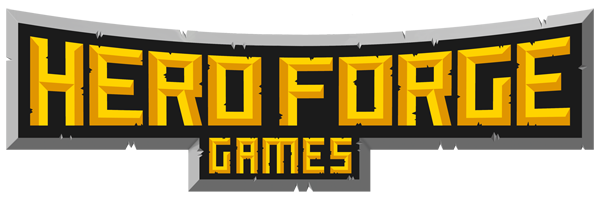I've noticed lately the many of us (me included) use different terms for the characteristics of characters in the games we're designing.
I had a look around, and I can't find a codified/formalized taxonomy of these different elements of characters.
For example, Role-playing Game Design Patterns only includes attributes, skills, and traits.
So, in the spirit of creating things that need to exist, here's a quick and dirty taxonomy that I'd love feedback on to help us develop into a resource for all designers.
Different role-playing games use combinations of these characteristics:
- D&D: Attributes, Species, Special Abilities, Class, Skills (and Feats), Levels, Backgrounds, Actions
- Onyx Sky: Attributes, Species, Special Abilities, Skills, Backgrounds, Actions
- Savage Worlds: Attributes, Special Abilities, Skills, Levels, Actions
- Dream Askew: Class, Aspects, Actions
- Powered By the Apocalypse: Class, Attributes, Aspects, Actions
- FATE: Aspects, Skills, Actions
- FATE Accelerated: Attributes, Aspects, Actions
Character (also known as Avatar, Player Character, Hero)
The player's in-game avatar, comprising some collection of the characteristics listed below.
Example: Steve
Characteristic
Any one of the collections of options that comprise a character.
Examples: Species, Attribute, Background, Skill.
Species (also known as Ancestry, Lineage, Clade, Type, Model, Classification)
The distinct type of the character, whether its species (living creatures) or model (mechanical).
Example: Human, Dwarf, Elf, Robot, Warforged, Tabaxi, Martian, Canine
Attribute (also known as Ability, Statistic)
The set of natural in-born characteristics that are common to all characters.
Example: [Strength, Dexterity, Constitution, Charisma, Intelligence, Wisdom], [Mind, Body, Spirit], [Lasers, Feelings]
Trait (also known as Special Ability)
Natural/in-born characteristics of a particular species.
Example: Darkvision, Quadruped, Amphibian, Climb, Burrow, Undead
Class (also known as Profession, Template, Playbook, Archetype, Concept)
The specialization of the character, which may allow/disallow/discount/guide/suggest certain skills/abilities.
Example: Warrior, Mage, Sniper, Rogue, Hacker, Medic, Grunt, Archer, Spy, Femme Fatale
Level (also known as Rank, Tier)
The quantified development progression of a character in their class/profession/archetype/template.
Example: Level 1, Heroic Tier, Novice
Skill (also known as Proficiency, Feat, Power, Spell, Feat, Move, Enhancement, Edge, Hinderance)
These are things the character can learn or augment, which may grant benefits (or penalties) when taking standard actions or allow characters to perform unique actions.
Example: Thievery, Fireball, Athletics, Cleave, Diplomacy
Action (also known as Move)
These are things characters can do.
Example: Attribute Test, Melee Attack, Defy Danger
Aspect (also known as Trait)
A short descriptor that can replace any other element of a character.
Example: Smooth Operator, Undercover Agent, The Show Must Go On, Today Is A Good Day to Die
Background (also known as Culture)
The upbringing, former profession, or life experience of the character.
Example: Soldier, Street Urchin, Acolyte, Folk Hero
Game Master (also known as Dungeon Master, Keeper, Referee, Game Moderator, Facilitator, Storyteller)
The person who narrates the state of the world, and describes in-universe responses to the player characters' actions.
Example: Alan
